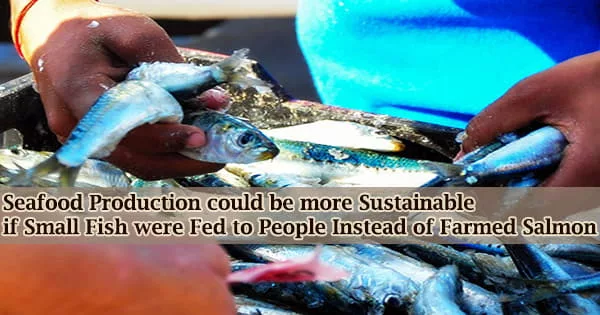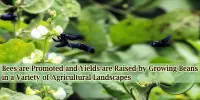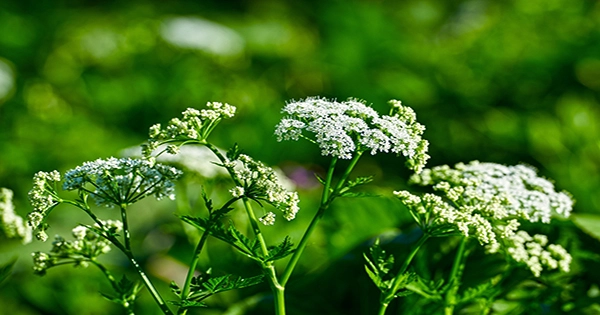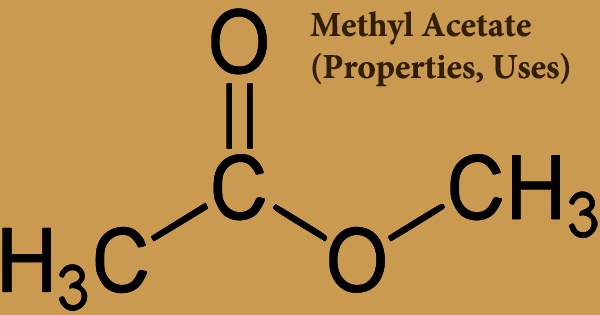Farming Atlantic salmon necessitates a large amount of wild-caught fish as feed, yet it only accounts for a small portion of the global farmed fish supply. David F. Willer of the University of Cambridge in the United Kingdom and colleagues published a study in PLOS Sustainability and Transformation on March 1 that suggests diverting wild-caught fish to human consumption rather than salmon farming could relieve pressure on fish stocks while increasing seafood production.
Aquaculture has grown in response to increased demand for fish. 90 percent of commercial fish feed, on the other hand, is made from human-edible fish like sardines and anchovies.
To assess aquaculture’s efficiency in terms of net nutrient generation, researchers used data from Scotland’s farmed salmon production in 2014 to calculate the volume of micronutrients and wild fish retained by fish-fed farmed salmon.
They compared the volume of micronutrients used as aquaculture inputs to the nutrient outputs of salmon aquaculture. The researchers used this information to construct a variety of seafood production scenarios in order to examine the possible sustainability benefits of alternative seafood systems.
In 2014, 460,000 tonnes of wild-caught fish were used to generate 179,000 tonnes of Scottish salmon, according to the researchers. 76 percent of the wild-caught fish may be eaten by humans.
Nutritious fish stocks are being squandered by salmon farming. Scientists reveal that eating the wild-caught fish destined for salmon farms would allow nearly 4 million tons of fish to be left in the sea while providing an extra 6 million tons of seafood.
David F. Willer
Multiple alternative seafood production strategies, according to the data, would be more efficient in terms of net nutrient production, reducing wild fish capture while increasing world seafood availability.
These statistics, however, were only available for a single year (2014). Future research is needed to better understand how a global shift away from farmed fish toward sustainable fisheries may be operationalized.
According to the authors, “Feed production now accounts for 90% of the environmental footprint of salmonid production. Allowing salmonid production to expand further via its current approach will place exceptional stress on global fish stocks already at their limit. Our results suggest that limiting the volume of wild-caught fish used to produce farmed salmon feed may relieve pressure on wild fish stocks while increasing supply of nutritious wild fish for human consumption.”
The authors add: “Nutritious fish stocks are being squandered by salmon farming. Scientists reveal that eating the wild-caught fish destined for salmon farms would allow nearly 4 million tons of fish to be left in the sea while providing an extra 6 million tons of seafood.”
















